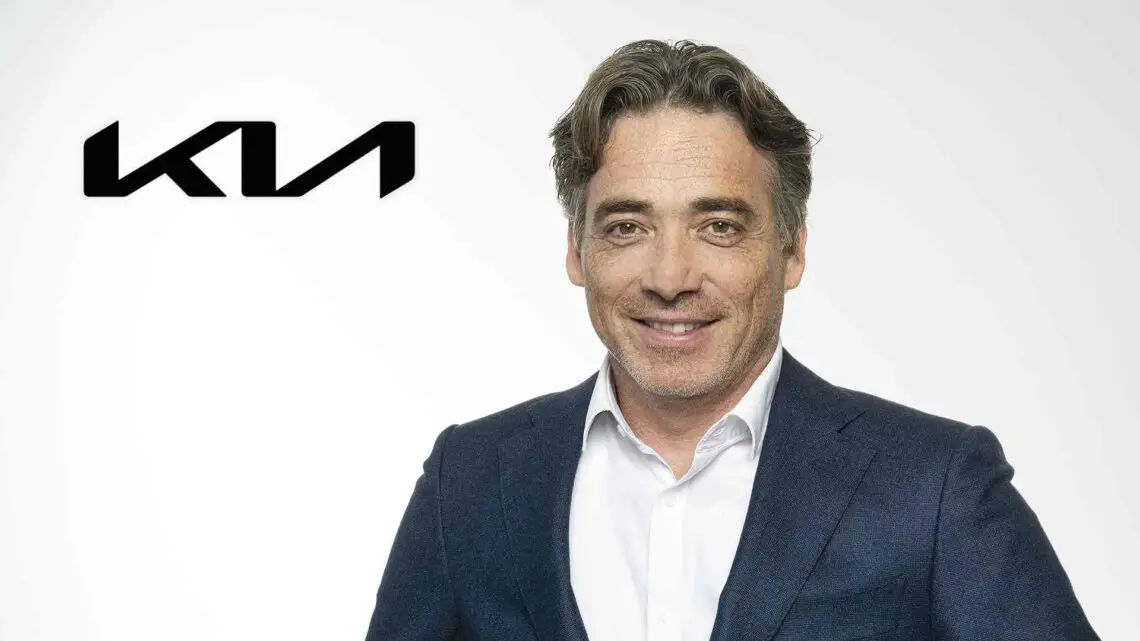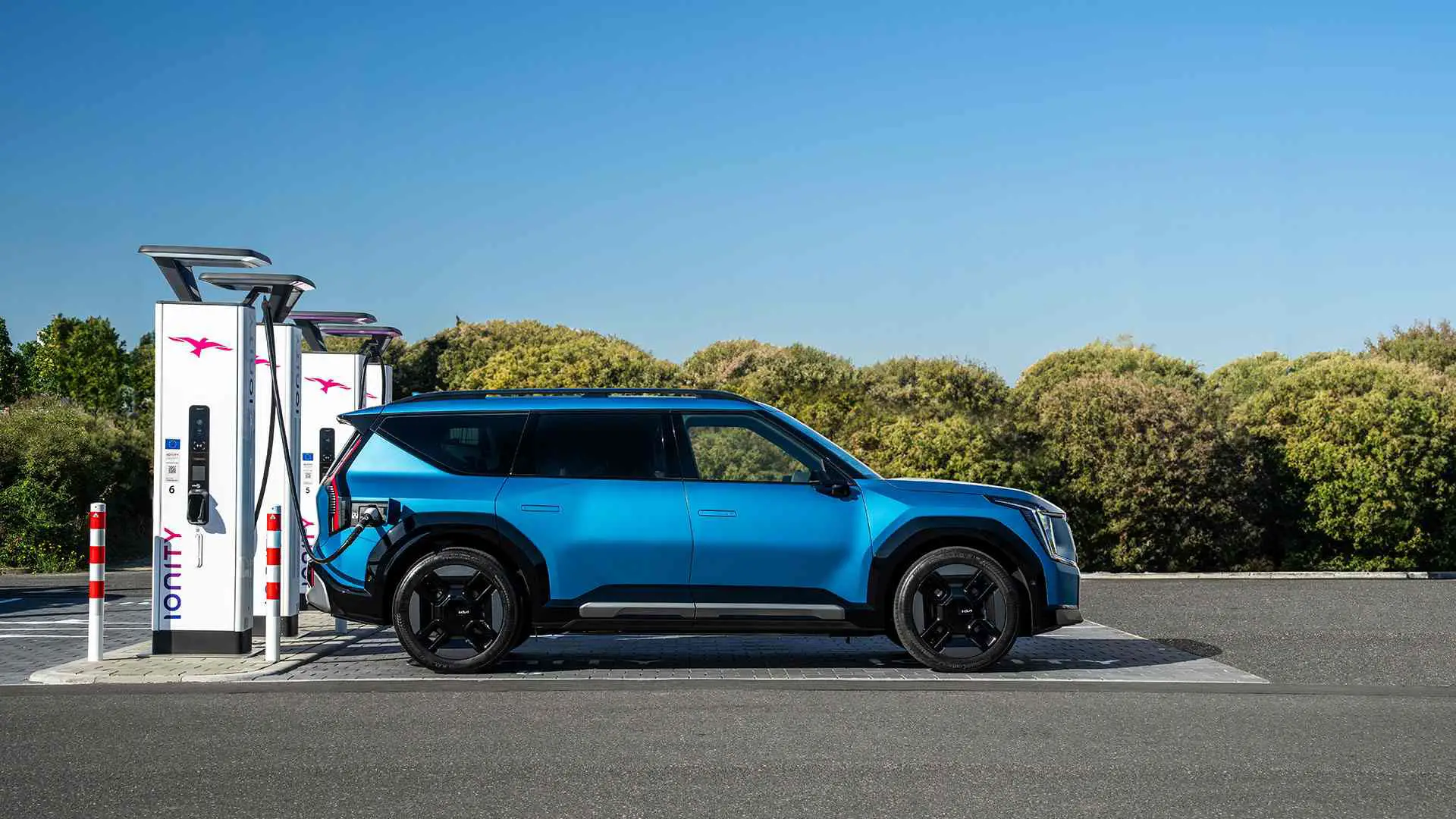“We strive to bring something different from the standard to the market” – Interview with Sjoerd Knipping, Kia Europe
Kia plans to sell only EVs in Europe starting in 2035. There are brands that are taking this step much earlier; some brands are already waving off the combustion engine in 2025. Why is Kia – one of the leaders in EVs – waiting so long?
Sjoerd: “If you look at other countries in Europe, I see Europe divided into four regions: the Nordic region, which is number one with about 95 percent of cars sold being electric. They are the early adopters. Then there is region two, which includes the Netherlands, Germany and the United Kingdom. Then we have Eastern Europe and Southern Europe, where EVs are not yet popular. Kia operates in all markets, so we have to take into account the diversity of these markets. I don’t think that in southern and eastern Europe they will be ready in five years to switch completely to electric driving.”

So will you still be selling gasoline cars in the Netherlands in five years?
Sjoerd: “I can’t see into the future, but it wouldn’t surprise me if in five or even ten years we are still selling cars with an internal combustion engine in the Netherlands, but maybe only hybrids or plug-in hybrids.

How is Kia – as one of the leaders in the EV landscape – helping to address challenges such as charging infrastructure and range?
Sjoerd: “First you have to make sure you have the cars so people can drive electric at all. We are working hard on that now. In the coming years, we will bring several new models to market, making electric driving accessible to more people, including models in the B and C segments.
In terms of charging infrastructure, we are also doing our part. We partnered with Ionity and launched for European customers with an electric Kia Plug&Charge. Plug&Charge is the latest addition to Kia’s portfolio of charging services, which also includes Kia Connect, Kia Charge and Kia Smart Charging. Plug&Charge is a very convenient service that allows our customers to charge their Kia even easier. It is new technology that allows the car to communicate directly with the charging station. Kia drivers can connect their EV with Plug&Charge to any public, and service-enabled, charging station and charge automatically without the need for any additional identification or intermediate step.”

What are some of the key strategies Kia Europe is currently using to differentiate itself in a competitive market, and how are these strategies evolving to strengthen Kia’s position?
Sjoerd: “First of all, there is our vision to make sustainable mobility accessible. So for that, you need a strong product portfolio. I think with the EV6 and EV9 we are showing that we can bring groundbreaking EVs to market. In doing so, we serve early adopters and innovators. Then comes the next step: serving the large masses, especially in the B and C segments. We are currently exploring which breakthrough technologies from the EV6 and EV9 we should integrate into the smaller, more affordable cars. This is determined in part by customer needs.
Design is also hugely important to us. Research shows that design is still a very differentiating factor for consumers during the purchase process. When the EV revolution began, range and charging speed were the key issues. Now, especially in the Netherlands, surveys show that design is again number one for consumers. That’s why we make cars that stand out from the rest in terms of design. We strive to bring something different from the standard to the market, and for that we have taken a clear direction, which began with the EV6 and is now visible in the EV9 and other future Kia models.
One small detail, for example, is already the logo. In 2021, we had a complete rebranding, a small part of which is the new logo. Imagine the old logo on the EV9. Then you see what a world of difference just a new logo can make.”

